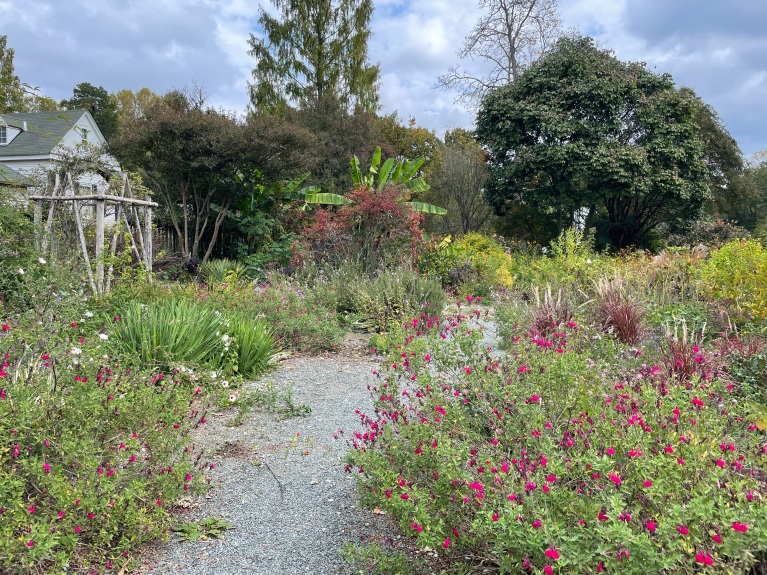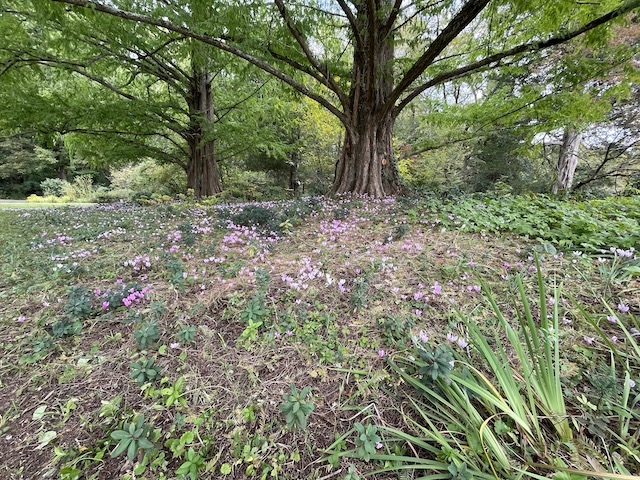Montrose Garden wasn’t exactly on my radar while I was planning my trip to GA, SC, and NC last year. Then my friend Eric Hsu of Plinth et al let me know there was going to be a Garden Open Day during my vacation. Since the date worked out perfectly, I planned a visit.
At the time I didn’t know this would work out, but it turns out I was lucky enough to have the company of Preston Montague while I was at this garden as well as at the Sarah P. Duke Gardens.
I can’t think of a better guide for the area.


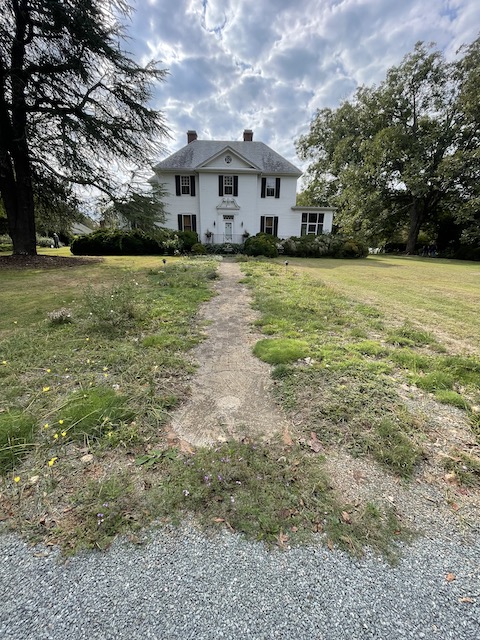

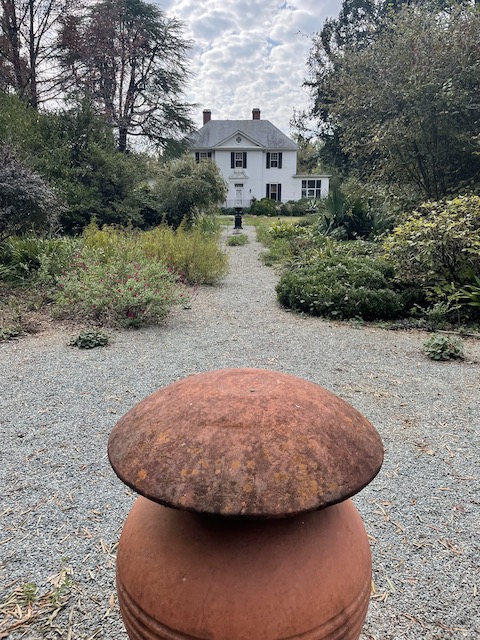
Like others, I’d heard of Nancy Goodwin, but it was really only from one article in The American Gardener. I’ve learned much more about her since then.
She’s written a bit over the years, and others have written about her as a plantswoman, but I’ve not been much of a reader of such works, and am only able to do more of that now.
It’s never too late to try to make more time for reading, and the section about her garden in The Collector’s Garden by Ken Druse is very good.
There is also a biography as well, Montrose: Life in a Garden.
All gardens age and change, just like us. I was able to see during this visit that this was definitely a place with a long plant history. It was not newly planted, and so many established plants were quite mature. I loved the wildness of it all.
It was nice to see some swathes of cyclamen as we walked and talked—plants often associated with Goodwin and the garden.
Having only just met Preston in person after years of seeing one another online, we had a lot to discuss on various topics as we got to know one another better. It was a wonderful social visit, I must confess to being a bit distracted though by other people, and I met friends and acquaintances of Preston’s, and that was a bit of a different cultural experience for me too, but one I enjoyed deeply.
He and I live and work in a culture of plants, where we cultivate and select what we value about them in different ways. All of this is part of the cultural plant matrix though, adding to the plant matrices.
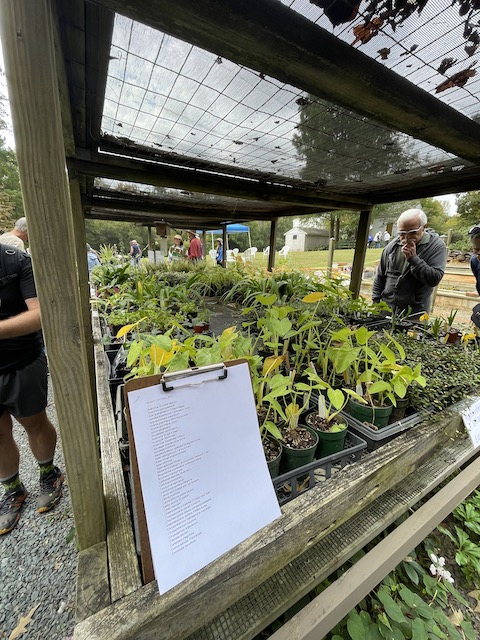

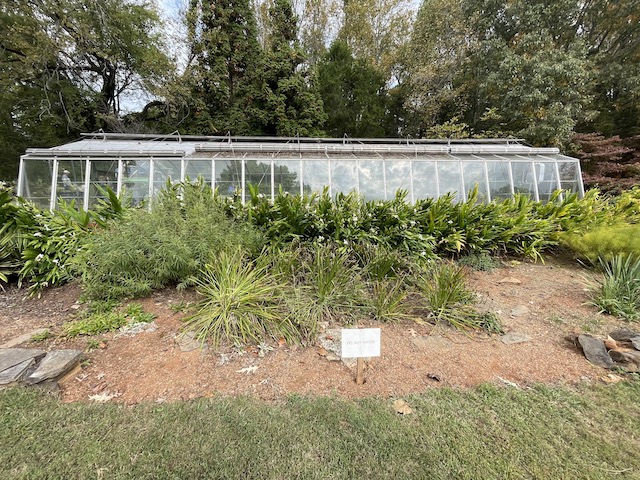


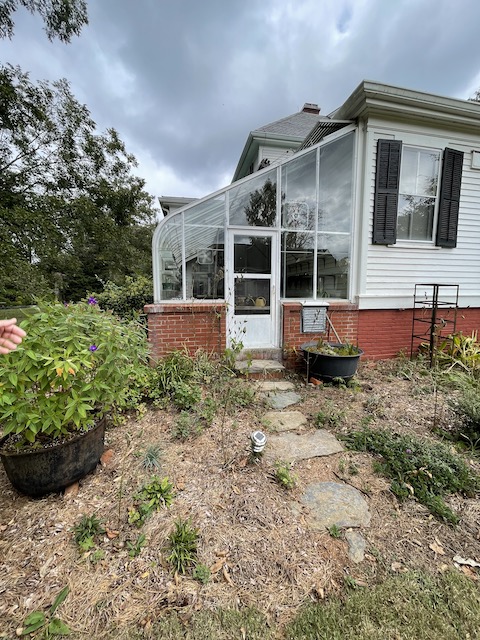

As usual the nursery and growing areas were my favorites. They were teaming with visitors shopping for treasures, looking for great plants to plant in the fall. Many guests knew one another, and having been through a pandemic, it was clear to see the excitement and happiness of being able to spend time participating in an event that’s clearly part of the community fabric.

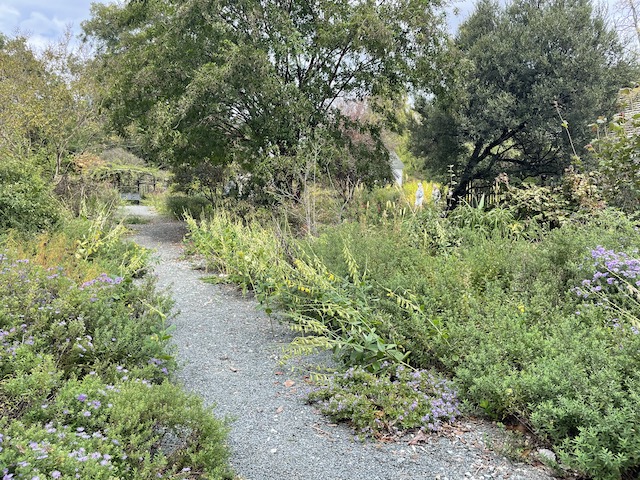
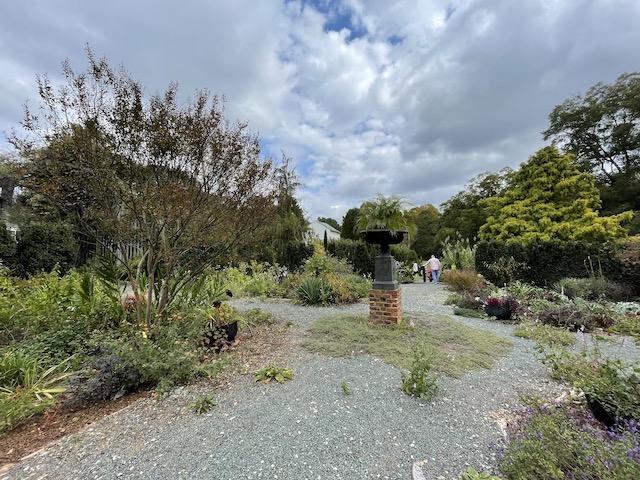

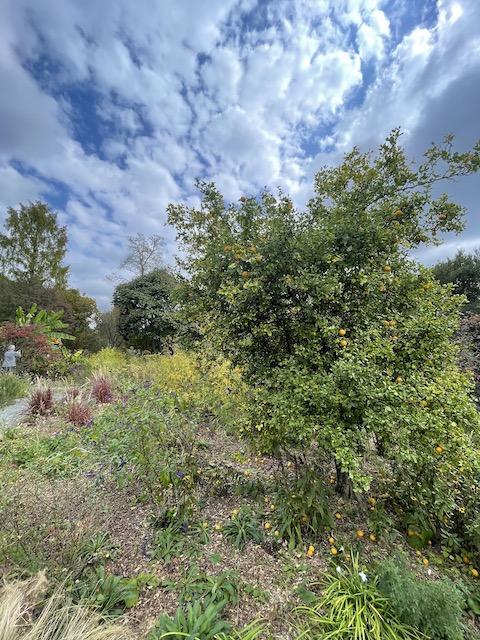

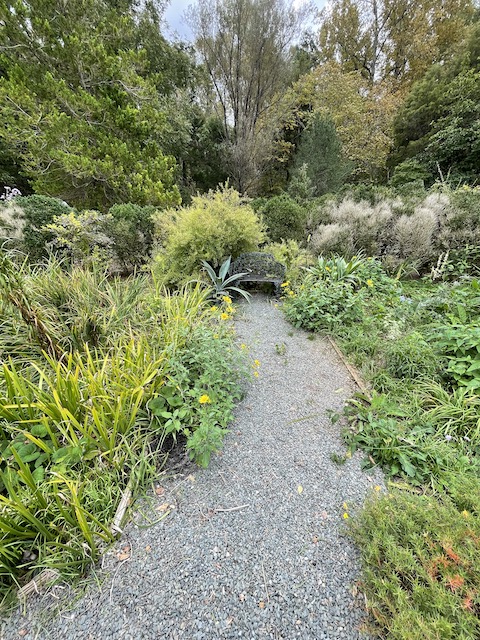
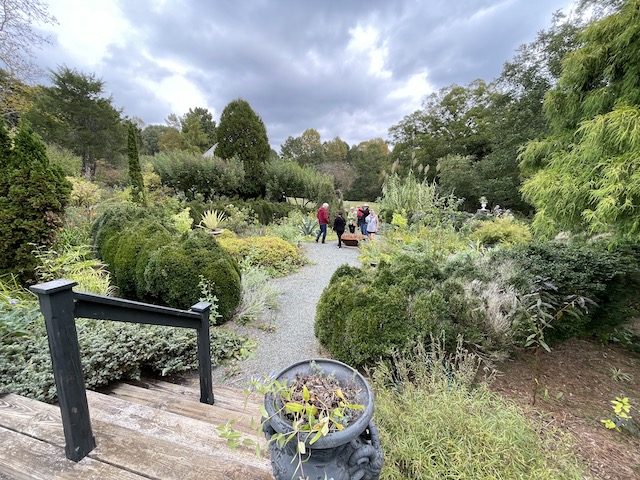
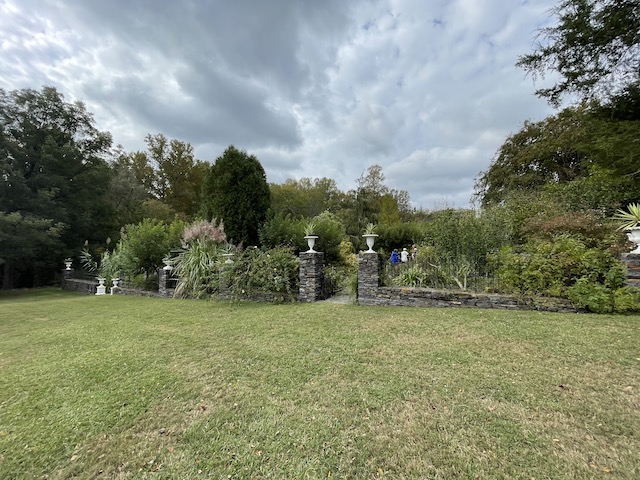


We walked the back garden areas before heading out. There were many garden spaces, and I’m sure if I’d read more about their development, they would have made more sense to me. Sometimes that kind of context matters in the face of so much complex diversity.
As it was though, I very much enjoyed listening to Preston talk, telling me about the different materials used in the space, as well as how the different plants work in terms of regional design.
Mixed with many laughs, it was definitely a garden I would enjoy seeing in different seasons as well. An estate that large, is always a sight to behold, and Goodwin has planted it well, leaving a legacy.
Back home in my own garden, I can’t sign off without posting about Calamintha nepeta ‘Montrose White’. We sell so many of these at Secret Garden Growers because it really is an amazing plant that honeybees love—and it is so easy to grow. I love that it connects me back to a garden now that I’ve spent precious time in with a colleague.
Named by Mike Yanny of Johnson’s Nursery in Menomonee Falls, Wisconsin, it turns out that his wife had purchased this calamint from Nancy Goodwin. I appreciate that its cultivar name helps to describe something about its origins, and it’s not completely whimsical.
I hope to add a piece of it soon to my community garden plot. This is an ornamental herb I’ve wanted to have for years for a few of my more obscure Italian recipes. It’s a worth growing for both the pollinators and for cooking too. Oh right, and it’s pretty!
Who doesn’t like a little bit of flounce out there?
